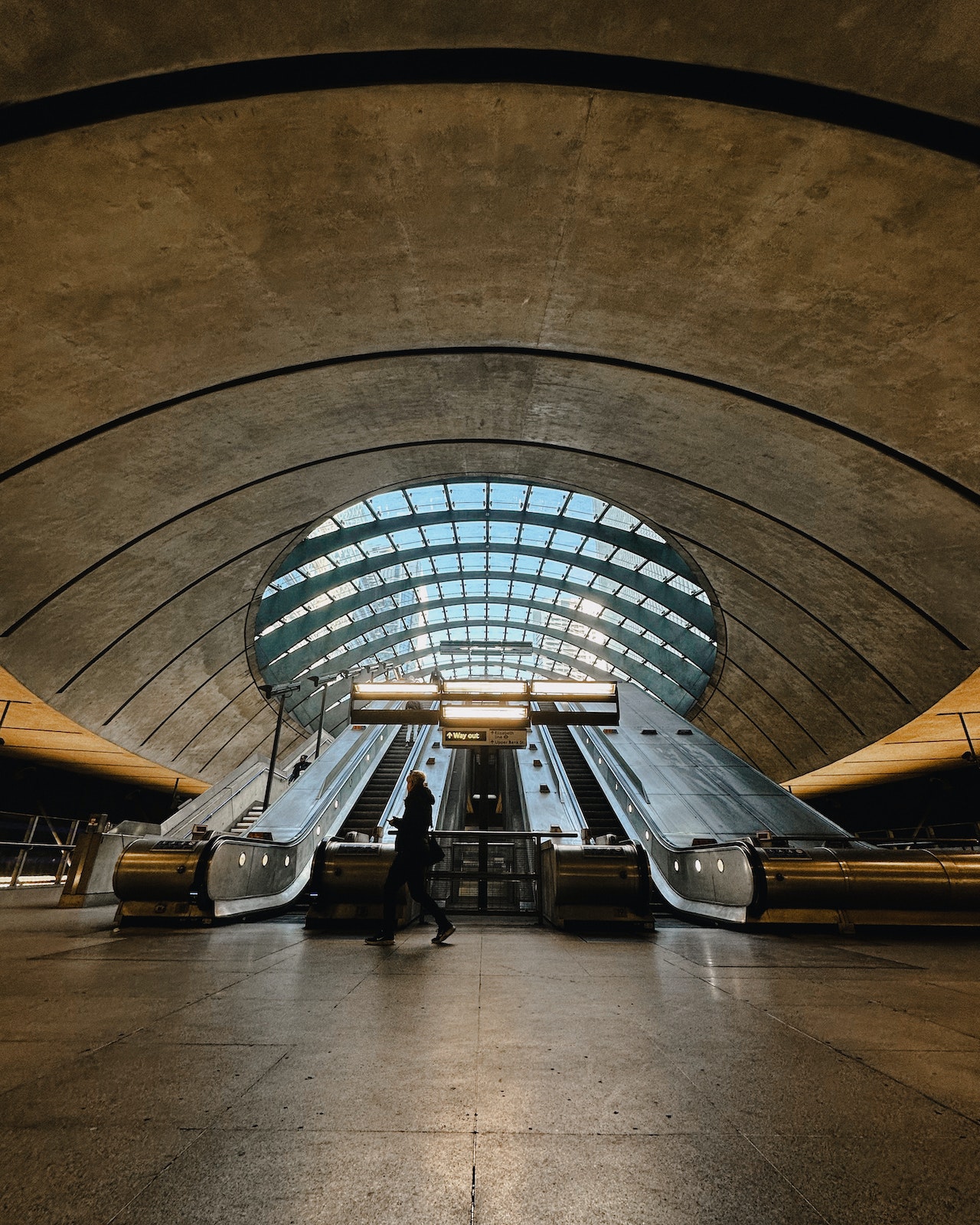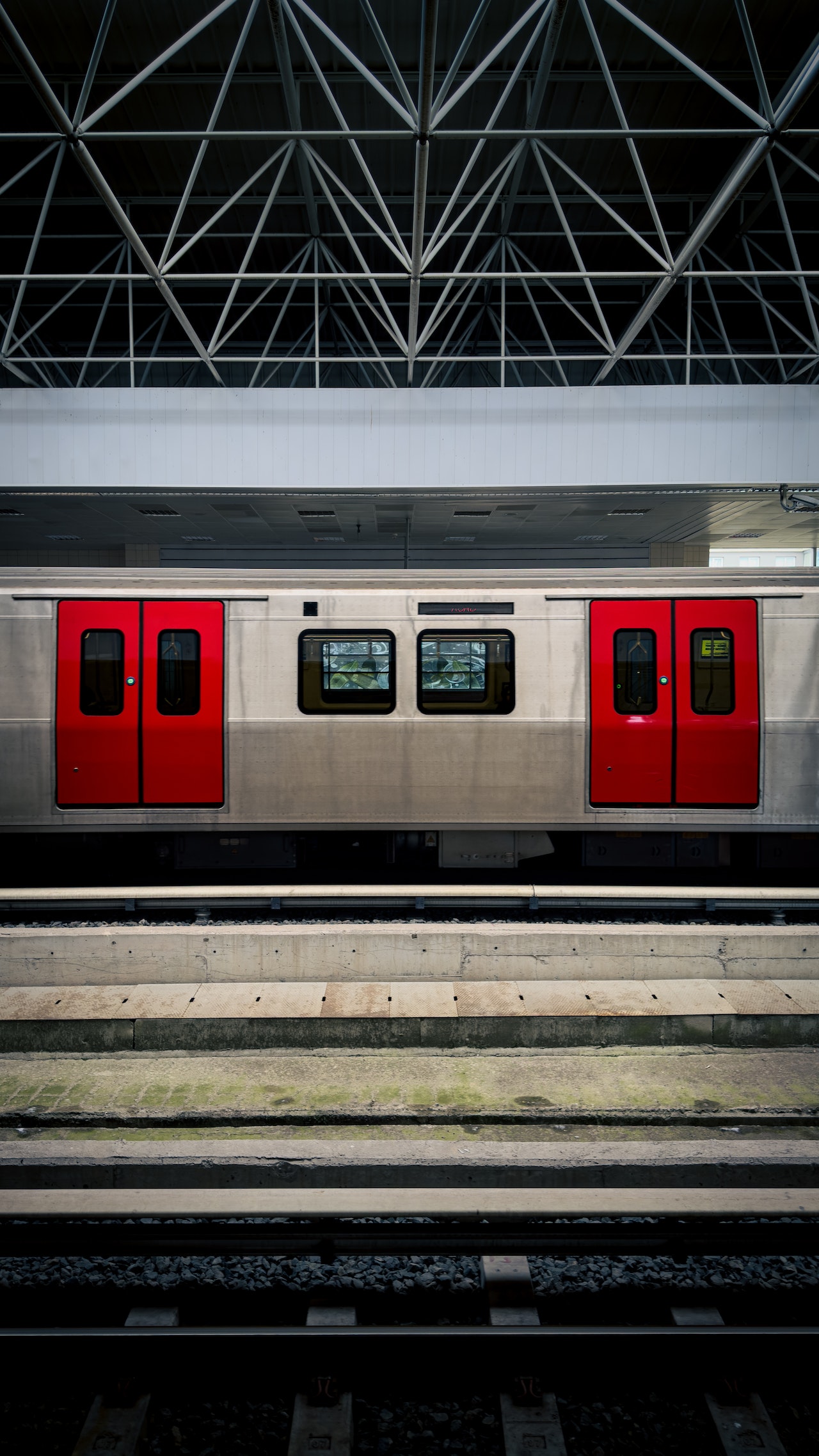China’s subway system is a testament to the nation’s technological prowess and commitment to sustainable urban development. With a vast network spanning across its major cities, the Chinese subway has revolutionized transportation, offering a convenient, efficient, and eco-friendly mode of travel. This article will delve into the remarkable features of China’s subway system, its growth, and the impact it has had on the country’s urban landscape.
Unmatched Scale and Connectivity
China’s subway system is unparalleled in terms of scale and connectivity. The country boasts some of the world’s longest subway networks, covering over 7,000 kilometers (4,350 miles) and serving millions of commuters daily. Cities like Beijing, Shanghai, Guangzhou, and Shenzhen have particularly extensive subway networks that seamlessly connect different parts of the cities, including residential areas, business districts, and tourist attractions.
Efficiency and Reliability
One of the standout characteristics of China’s subway system is its remarkable efficiency and reliability. Trains run frequently, with short intervals between departures, ensuring minimal waiting times for passengers. The subway’s punctuality is commendable, adhering to strict schedules and rarely experiencing delays. This reliability is achieved through advanced signaling systems, automated train controls, and rigorous maintenance procedures.

State-of-the-Art Technology
China’s subway system incorporates cutting-edge technology to enhance the overall passenger experience. Many lines are equipped with advanced train control systems, which allow for precise train movements, optimizing efficiency and safety. Moreover, various stations are equipped with high-tech facilities, including smart ticketing systems, touch-screen information kiosks, and real-time passenger information displays, all aimed at improving convenience for commuters.
Green Initiatives and Sustainability
China’s subway system plays a vital role in the country’s commitment to sustainable development. With a strong emphasis on reducing carbon emissions and mitigating pollution, the subway is an eco-friendly alternative to private vehicles. By providing a mass transit option, it helps alleviate traffic congestion, reduce fuel consumption, and improve air quality in major cities. Additionally, many subway stations are equipped with energy-efficient lighting systems and utilize renewable energy sources, further reducing their environmental impact.
Architectural Marvels Underground
Apart from their functionality, Chinese subway stations are often architectural marvels themselves. Designed with aesthetics and cultural significance in mind, these stations showcase stunning artworks, unique architectural designs, and cultural motifs. The stations serve as public spaces where passengers can appreciate art, making the subway journey more than just a means of transportation but an immersive cultural experience.
Driving Urban Development
The Chinese subway system has played a pivotal role in shaping urban development patterns. The subway’s expansion has spurred the growth of residential, commercial, and industrial areas around its stations, promoting urbanization and economic development. The accessibility provided by the subway has increased property values near stations, leading to the emergence of vibrant urban hubs with a mix of residential, retail, and business establishments.

Future Growth and Expansion
China’s commitment to expanding its subway network remains unwavering. As cities continue to grow and populations increase, the government is investing heavily in expanding existing subway lines and constructing new ones. This investment not only improves transportation within cities but also strengthens connectivity between different regions, fostering economic integration and development.
China’s subway system stands as a remarkable feat of engineering, revolutionizing transportation and urban development in the country. With its vast network, state-of-the-art technology, efficiency, and commitment to sustainability, the Chinese subway continues to shape the lives of millions of commuters while contributing to the nation’s economic growth. As the system continues to expand and innovate, it reinforces China’s position as a global leader in transportation infrastructure.
